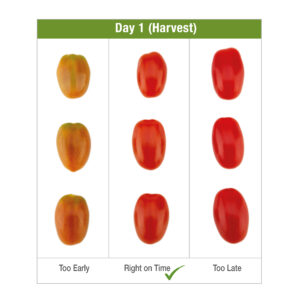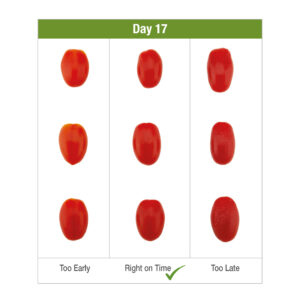An interview with: Arjan van Steekelenburg,
Produce Chain Manager / Trade and Retail Account Manager
Juan Jeronimo Montes, Product Development Specialist, Hazera España
Adults and children everywhere are opting more and more for new varieties of fresh produce that don’t require any special effort or preparation. In response to this global trend in healthy veggie snacking, Hazera, a global leader in the seed industry and tomatoes in particular, has developed the Camelot Tomato—a real “Tada” product that changes the game for the whole supply chain.
The Camelot is just like the legendary castle it was named after, a place of harmony and a stronghold. Its unique taste, flawless appearance, sweetness, and extraordinarily long shelf life make it worthy of its noble title.
For about 15 years, growers have been harvesting tomatoes while still green, and letting them ripen and redden during transportation. In this case, however, Arjan van Steekelenburg explained to us that: “Unlike most tomatoes of this kind, the Camelot should not be harvested too early. In order for it to reach full potential, growers must let it ripen on the vine, and pick it only once it has reached its unique shade of red. Nobody can manage the ripening process better than the plant itself. You just need to get the timing right for great results. From the moment the tomatoes are harvested, as they move along the entire supply chain and up to the consumer’s table… or often lunchbox nowadays, they will keep fresh and tasty for up to 20 days.”
And that is an amazing figure by any standards. Growers will fully reap the benefits once they make this shift in their minds. Not only them, but the entire supply chain will be optimized, because from the time they get on the retail shelf, Camelot tomatoes still have between 7-12 days of freshness left. As consumers, we can buy a larger weekly supply for our homes, knowing that if not on this weekend, we can still enjoy them the next one. Chances of that are slim though, because after tasting them, we don’t think anyone can resist eating them for so many days:)
The best part is that everyone gets to benefit from these advantages: growers, distributors, retailers, grocery shoppers, and whoever else consumes food at home.
Juan Jeronimo MONTES says: “We believe Camelot tomatoes represent a revolution in the sector for other reasons too. Even in regions with varying climates like Morocco and Spain, they can be grown and harvested all year round, throughout the seasons. These are highly productive plants that make for very profitable business, while consumers get more value for their money. Our team works closely with growers and distributors in these countries, providing advice, technical support, and assistance, regardless of location, growing method, or external conditions.”
Growers are tempted out of habit to harvest tomatoes green. These pictures illustrate how the fruit develops within 17 days, depending on the stage it was at when harvested:
Day 1 (Harvest)
Too Early | Right on Time | Too Late
Day 17
Too Early | Right on Time | Too Late
It is clear that when Camelot tomatoes are harvested at the right time, red and ripe as shown on the middle column, they remain fresh and with great taste, brix, and no cracking on day 17!
Who stands behind the Camelot tomato?
Hazera, part of the French Limagrain Group, has decades of experience with state-of-the-art technology in breeding, developing, producing and marketing varieties and seeds in a wide range of vegetable crops around the world.
The company is headquartered in Israel and The Netherlands, with subsidiaries in twelve countries, and an extensive distribution and technical support network serving over 100 additional markets. This enables the team to anticipate and respond to local needs by creating varieties that fit specific climates, growing conditions, and market requirements.

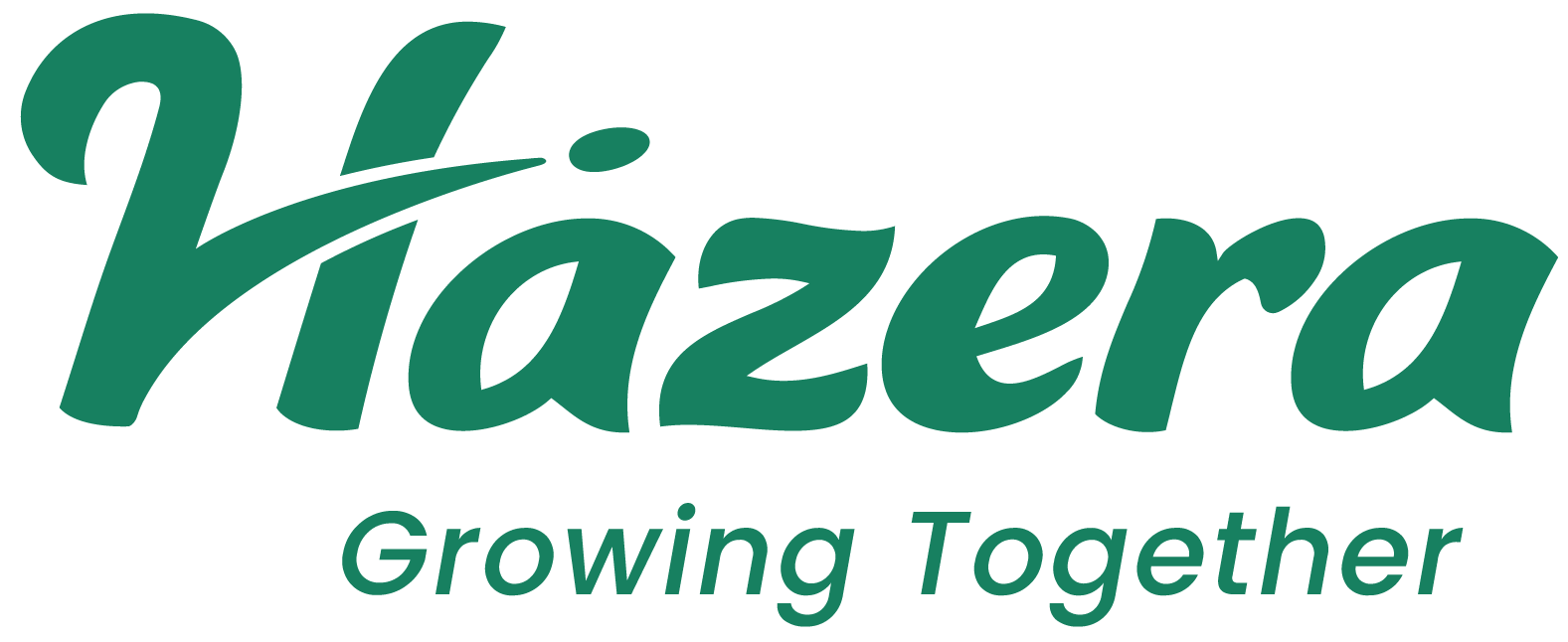
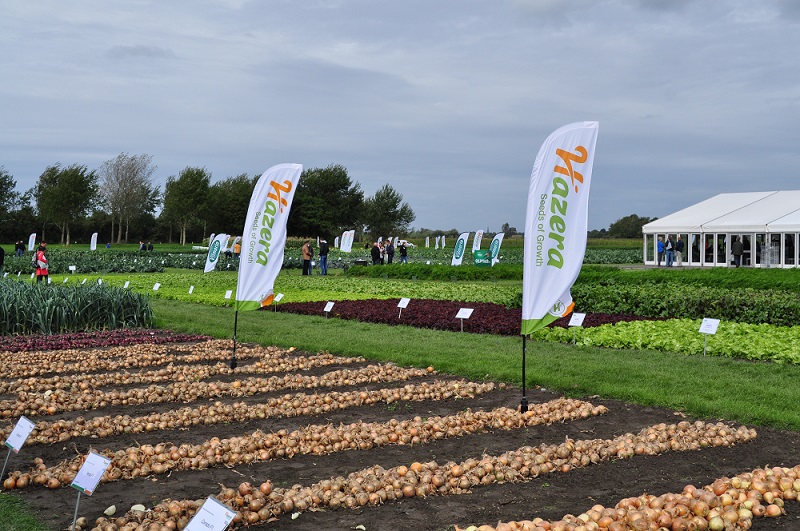

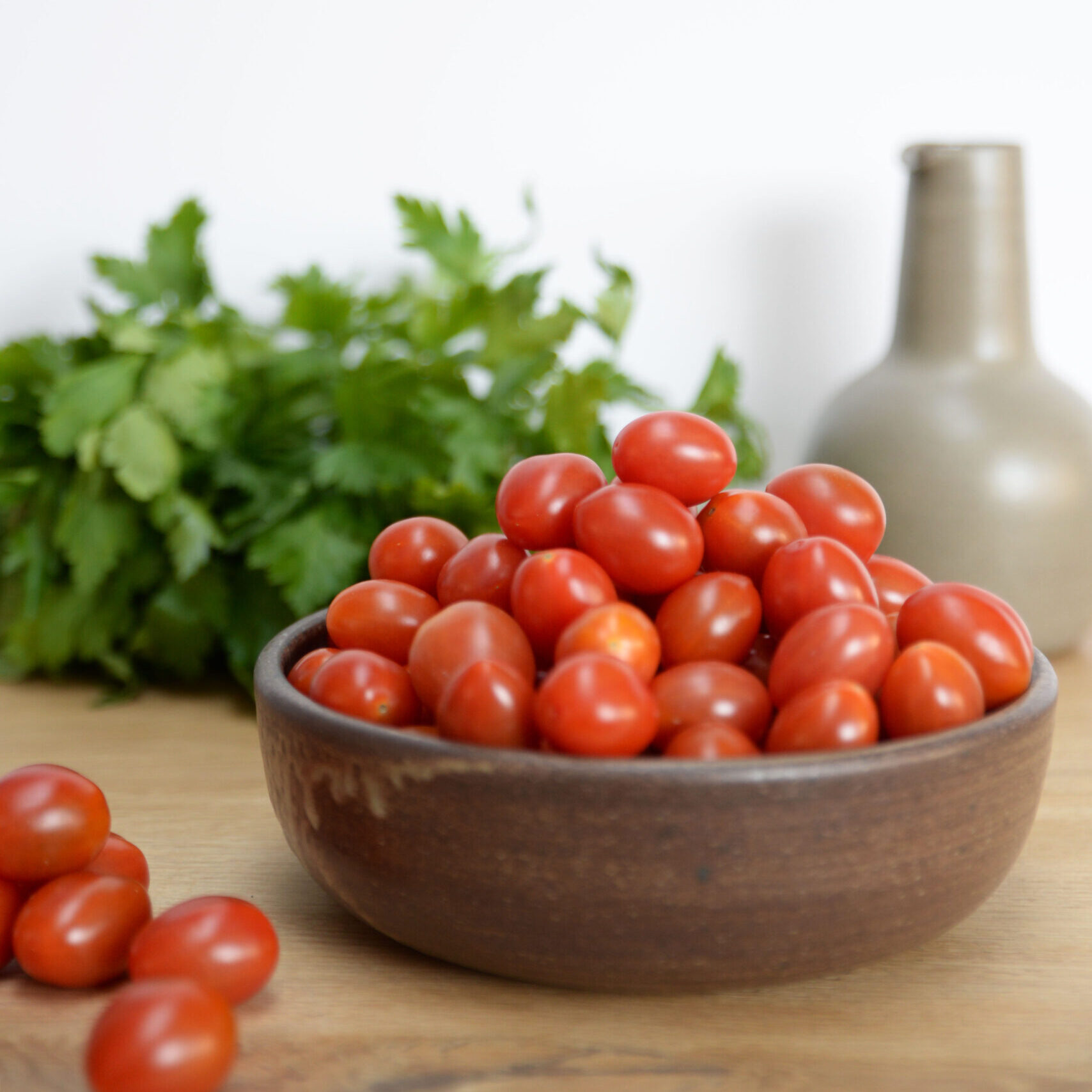






 Seit etwa 15 Jahren ernten Produzenten Tomaten, während sie noch grün sind, und lassen sie während des Transports reifen. In diesem Fall erklärte uns Arjan van Steekelenburg jedoch: „Im Gegensatz zu den meisten Tomaten dieser Art sollte die Camelot nicht zu früh geerntet werden. Damit sie ihr volles Potenzial entfalten kann, müssen die Erzeuger sie an der Pflanze reifen lassen und sie erst pflücken, wenn sie ihre einzigartige Rotfärbung erreicht hat. Niemand kann den Reifeprozess besser steuern als die Pflanze selbst. Sie müssen nur das richtige Timing finden, um großartige Ergebnisse zu erzielen. Von dem Moment an, in dem die Tomaten geerntet werden, durchlaufen sie die gesamte Lieferkette bis hin zum Tisch des Verbrauchers (… oder heutzutage oft bis zur Lunchbox) und bleiben bis zu 20 Tage frisch und schmackhaft.“
Seit etwa 15 Jahren ernten Produzenten Tomaten, während sie noch grün sind, und lassen sie während des Transports reifen. In diesem Fall erklärte uns Arjan van Steekelenburg jedoch: „Im Gegensatz zu den meisten Tomaten dieser Art sollte die Camelot nicht zu früh geerntet werden. Damit sie ihr volles Potenzial entfalten kann, müssen die Erzeuger sie an der Pflanze reifen lassen und sie erst pflücken, wenn sie ihre einzigartige Rotfärbung erreicht hat. Niemand kann den Reifeprozess besser steuern als die Pflanze selbst. Sie müssen nur das richtige Timing finden, um großartige Ergebnisse zu erzielen. Von dem Moment an, in dem die Tomaten geerntet werden, durchlaufen sie die gesamte Lieferkette bis hin zum Tisch des Verbrauchers (… oder heutzutage oft bis zur Lunchbox) und bleiben bis zu 20 Tage frisch und schmackhaft.“